
3D Printing in Construction: Materials, Applications, and Advantages
Chinese company WinSun was responsible for the world’s tallest 3D-printed structure at the time it was built in 2015. WinSun’s impressive structure is a five-story apartment block. A 3D printer measuring 20 feet tall, 33 feet wide, and 132 feet long created the building using materials including fiber, steel, cement, hardening agents, and recycled material waste.
Austin-based startup, Icon, recently celebrated the opening of its first model home at Wolf Ranch, a 100-home community created using 3D printers. The company previously built several small homes in Austin, Texas, which were designed for those experiencing extreme poverty and homelessness. Its Community First! Village is a 51-acre community that provides affordable and permanent housing to those coming out of chronic homelessness.
Amsterdam’s 3D-Printed Pedestrian Bridge
In 2021, Dutch robotics company MX3D unveiled a 12-meter 3D-printed pedestrian bridge, which is made from stainless steel rods. Named the MX3D Bridge, it was designed by the Dutch studio Joris Laarman Lab and used 4,500 kilograms of stainless steel.
Future Trends in 3D Printing in Construction
3D printing provides a wealth of benefits to the entire construction sector. For the most part, it’s cheaper, quicker, and safer than traditional building methods, not to mention that it offers far greater design flexibility.
Today, the technology is used to print everything from prototypes and individual components to complex structures like bridges and apartment blocks.
Though challenges surrounding high upfront costs, scalability, product quality, and regulations do remain, the adoption of 3D printing in construction looks set to rapidly expand in the coming years.
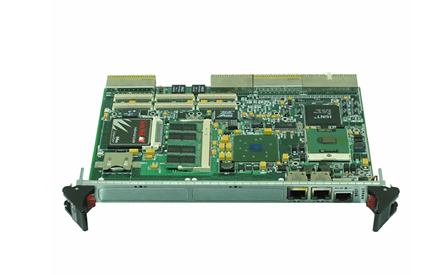
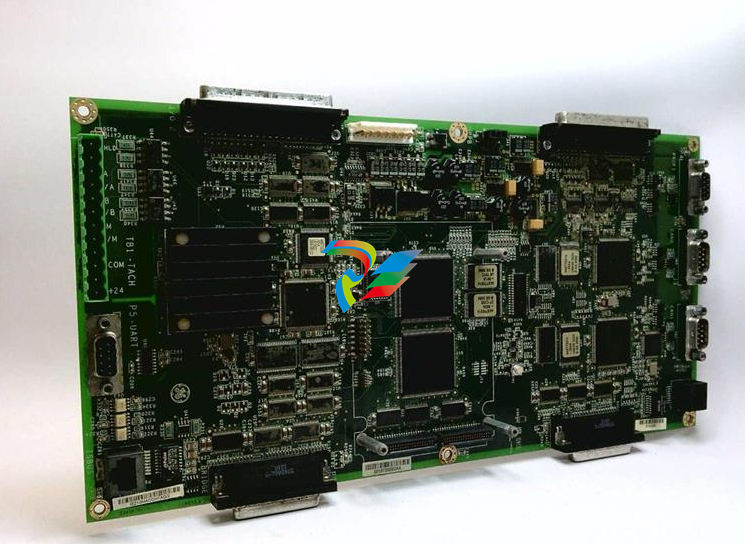


.jpg)

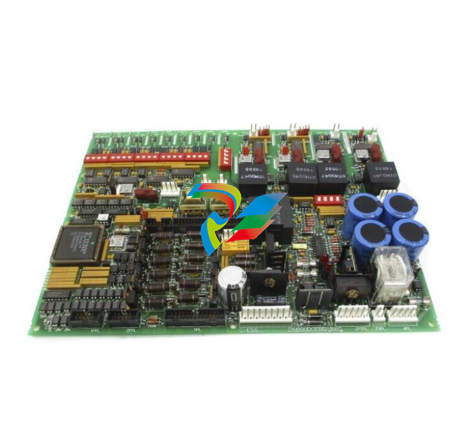

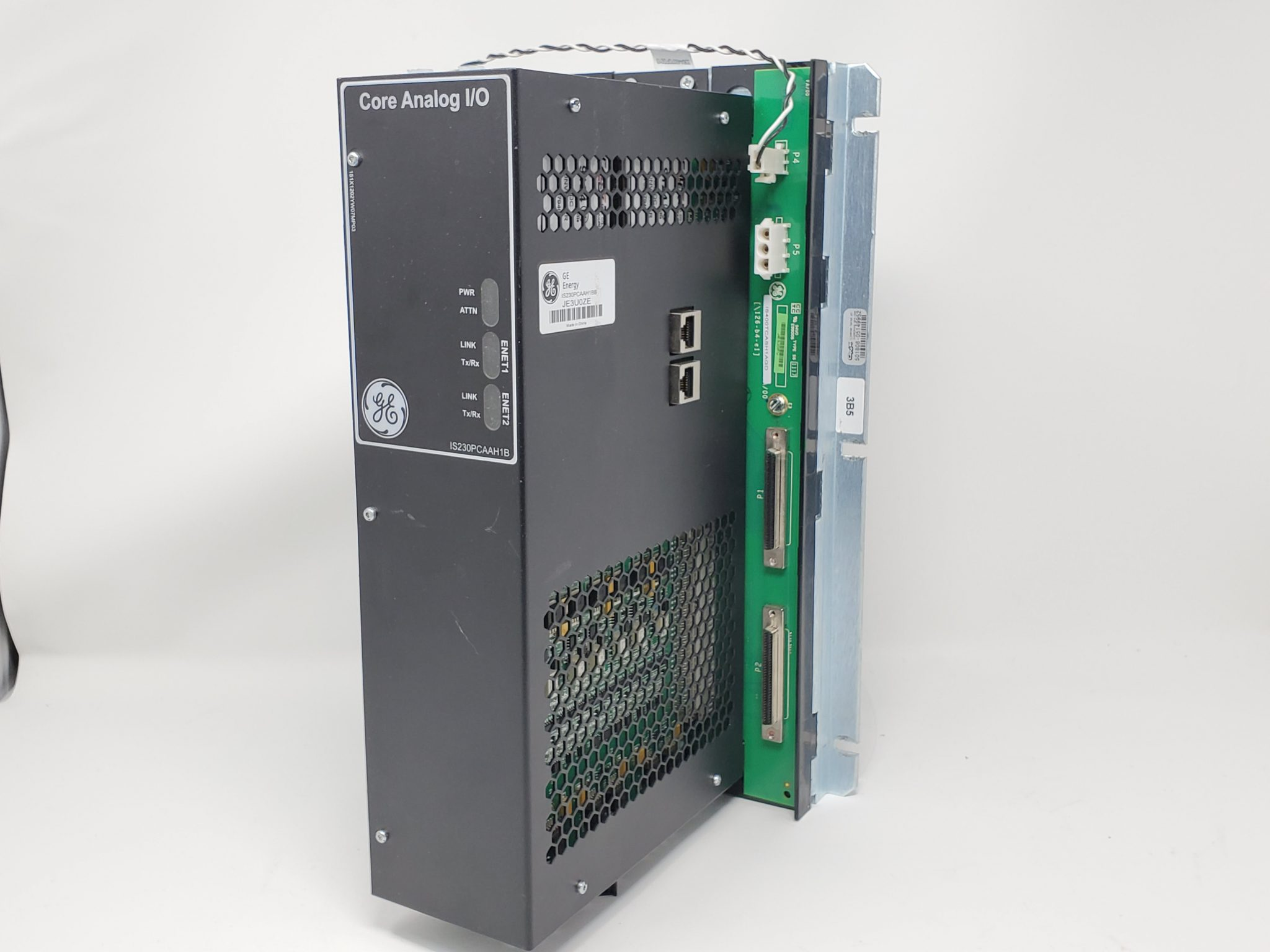

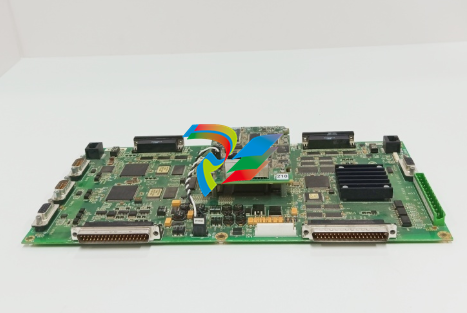

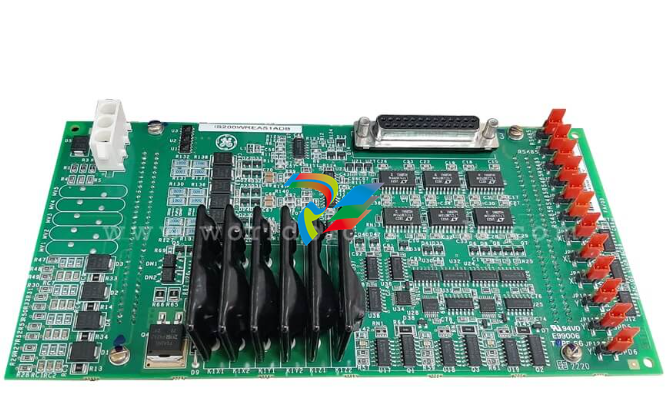
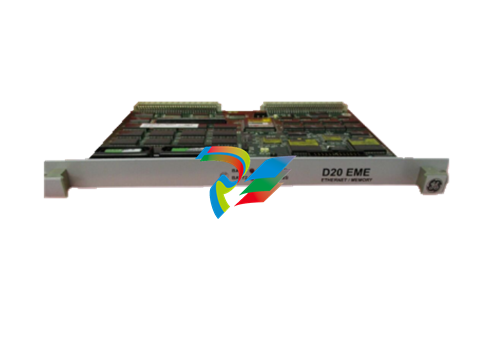
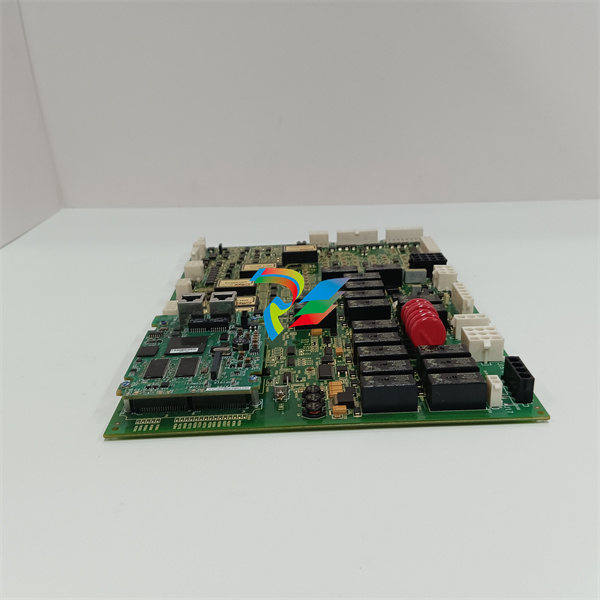
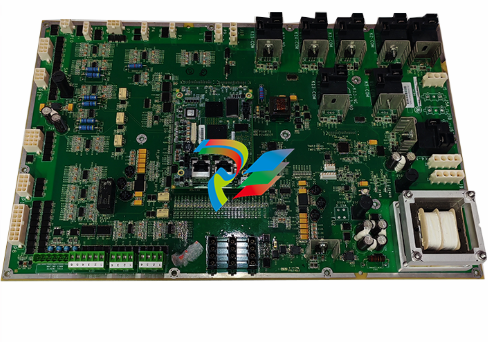
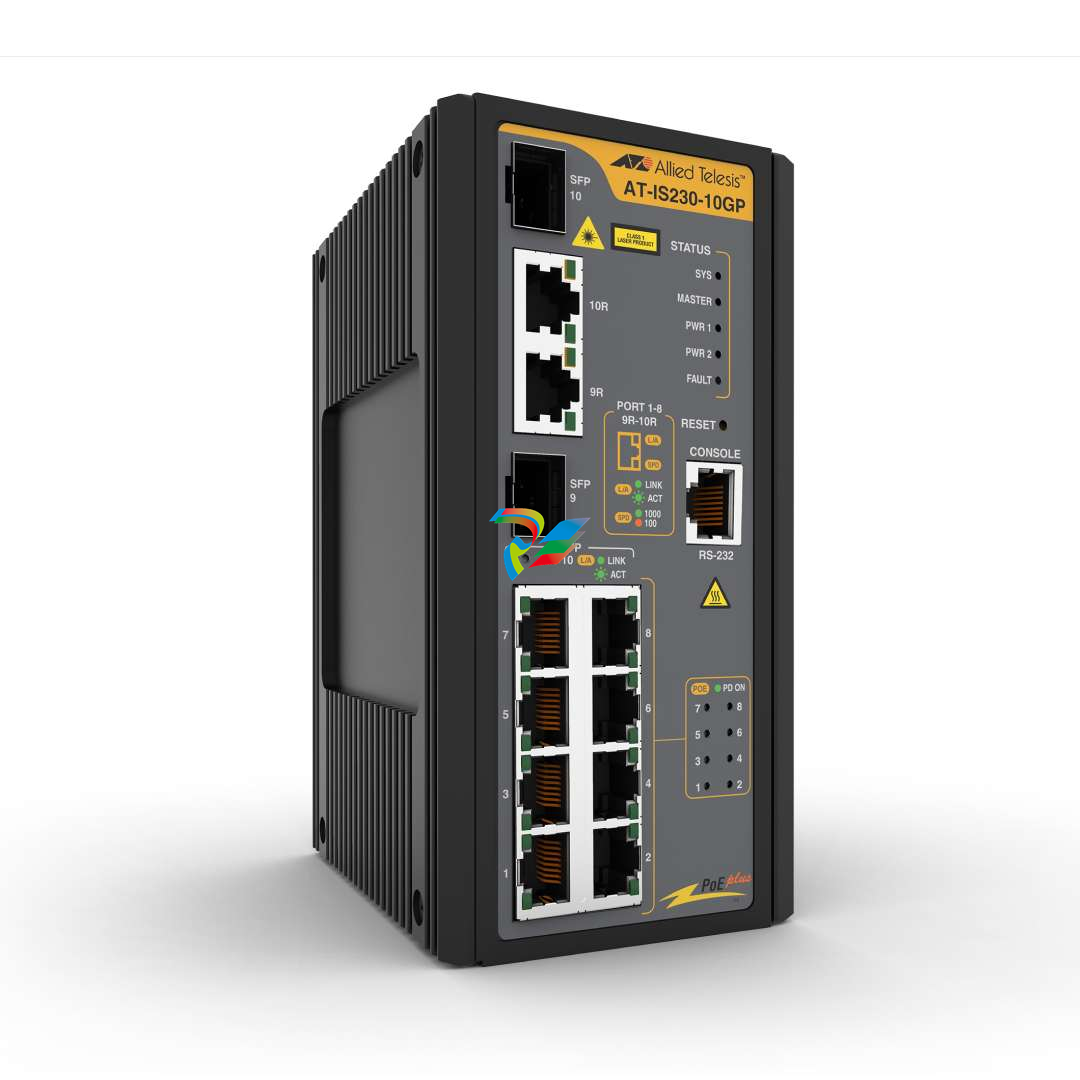


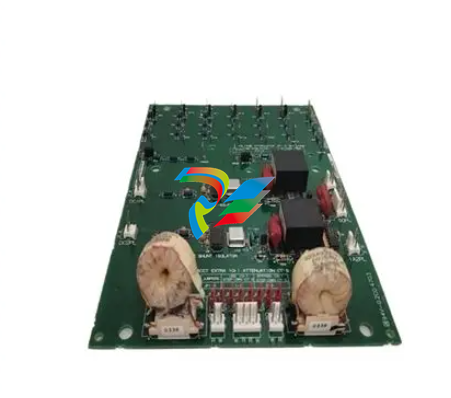

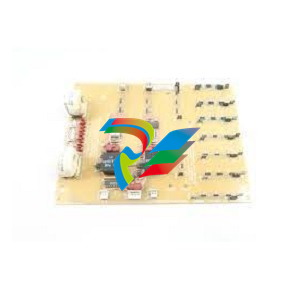

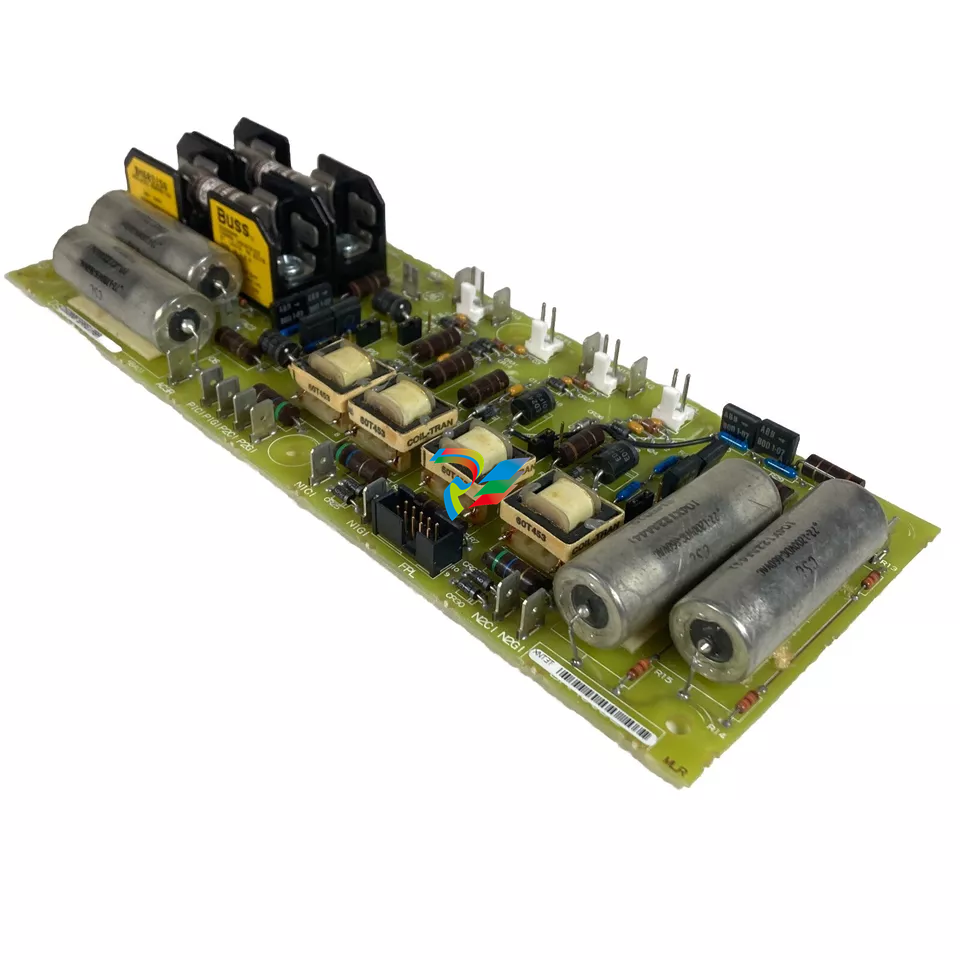
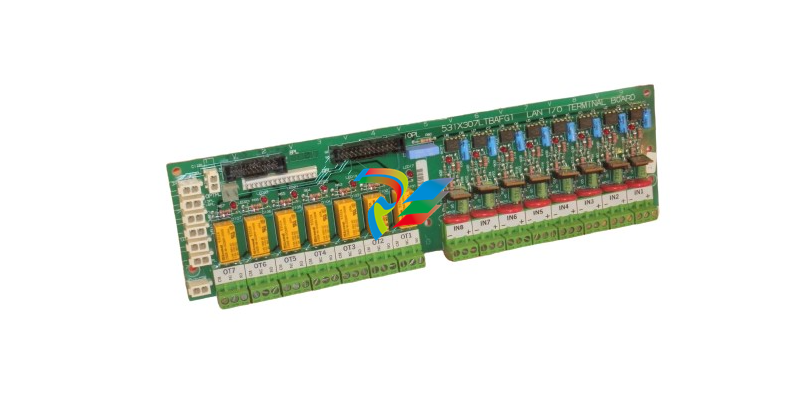




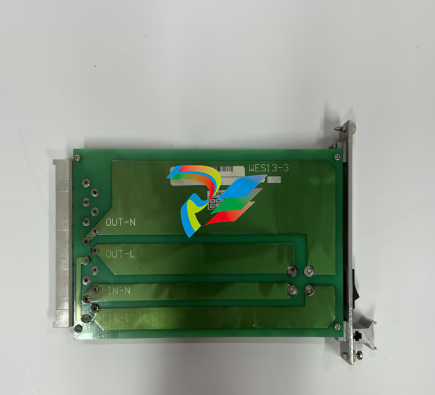

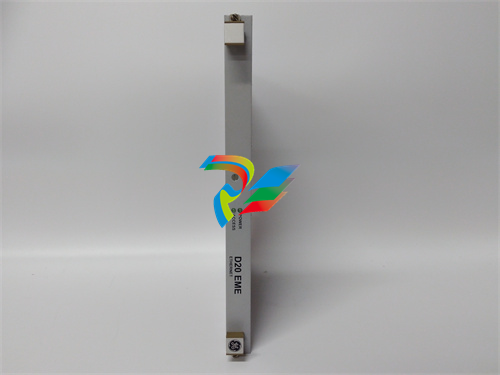
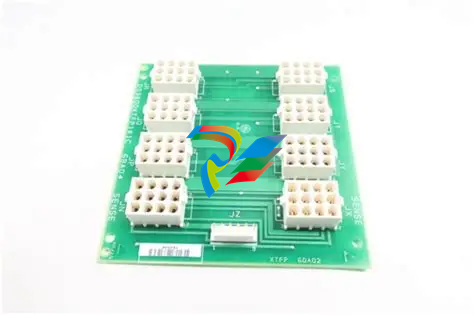







































.jpg)
.jpg)





.jpg)



.png)
.jpg)

.jpg)
_lVjBYb.jpg)

.jpg)
.jpg)



.jpg)
.jpg)







.jpg)

.jpg)
.jpg)








